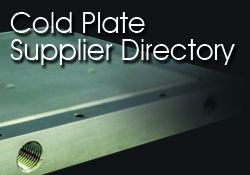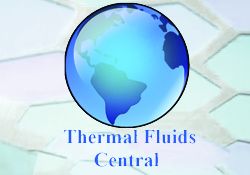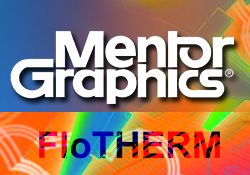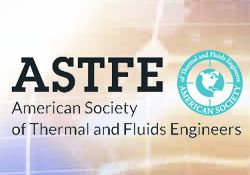Featured
-
Researchers studying new ways of controlling thermal radiation at the nanoscale
Researchers from several academic institutions are using the facilities at the Lawrence Berkeley National Laboratory (Berkeley, Calif.) to study thermal radiation at the micro- and nanoscale to see if there is a better way of controlling it. details>> -
Physicists studying material that could make computer memory faster and cheaper
Researchers at the University of Arkansas (Fayetteville, Ark.) are studying bismuth ferrite (BFO), which is a material that shows potential for storing information more efficiently than currently possible, as well as being used in sensors, transducers, and other electronics. details>> -
U.K. researchers show high thermal conductivity of ultra-pure hexagonal boron nitride
Researchers at the University of Bristol (U.K.) demonstrated a thermal conductivity of 550 W/mK, more than twice that of copper, in ultra-pure boron nitride, which could be used in safer and more efficient electronics, according to a report from the school. details>> -
New, more efficient method discovered for controlling magnetic circuits without electric currents
Researchers from the New York University (NYU) Tandon School of Engineering in New York City discovered a new voltage-controlled topological spin switch (vTOPSS) that uses only an electrical field, not an electrical current, to switch between Boolean logic states. details>> -
Study demonstrates the potential for mechanically-stressed carbon nanotubes to cool electronics
Simulations based on the elastocaloric effect (ECE) performed at Agencia FAPESP, a research facility in Sao Paulo, Brazil, revealed that mechanical strain in carbon nanotubes causes them to extract heat more efficiently and increases their potential for electronics cooling. details>> -
Device appears to break rules, passively allows heat to flow from cold to warm object
Physicists from the University of Zurich (Switzerland) demonstrated a simple device that appears to break the second rule of thermodynamics, which states the entropy of a closed, natural system must increase over time, by allowing heat to flow from a cold to a warm object without an external power supply. details>> -
Scientists discover that superinjection is possible in semiconductor structures made of one material
Researchers from the Moscow Institute of Physics and Technology (MIPT) discovered that the physical effect superinjection, which amplifies the concentration of electrons and holes in semiconductor layers, is possible in semiconductor structures consisting of a single material, according to a report from the institute. details>> -
Researchers use carbon nanotube templates to build 1-D nanowires of transition metals
Scientists from Tokyo Metropolitan University (Japan) used templates for building carbon nanotubes to produce nanowires of transition metal monochalcogenide (TMM) that are only three atoms in diameter, are 50 times longer that previous attempts, and can be studied in isolation. details>> -
Engineers transmit data with a semiconductor laser, pave way for ultra-high-speed Wi-Fi
For the first time, researchers at the Harvard University (Cambridge, Mass.) Paulson School of Engineering and Applied Sciences (SEAS) used a semiconductor laser as a radio transmitter, demonstrating the ability of lasers to emit microwaves, modulate them, and receive external radio frequency signals, according to a report from the university. details>> -
Researchers tailoring atomically-thin materials that could be foundations for future electronics
Researchers at Chalmers University of Technology (Gothenburg, Sweden) and Regensburg University (Germany) detailed the ultrafast connections with special energy states, called interlayer excitons, that are formed when atomically-thin materials are layered to form 2-D heterostructures. details>>














